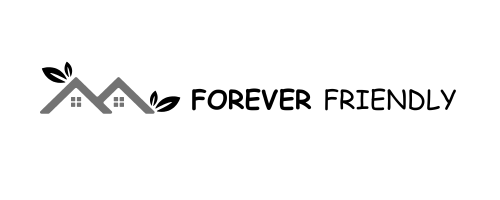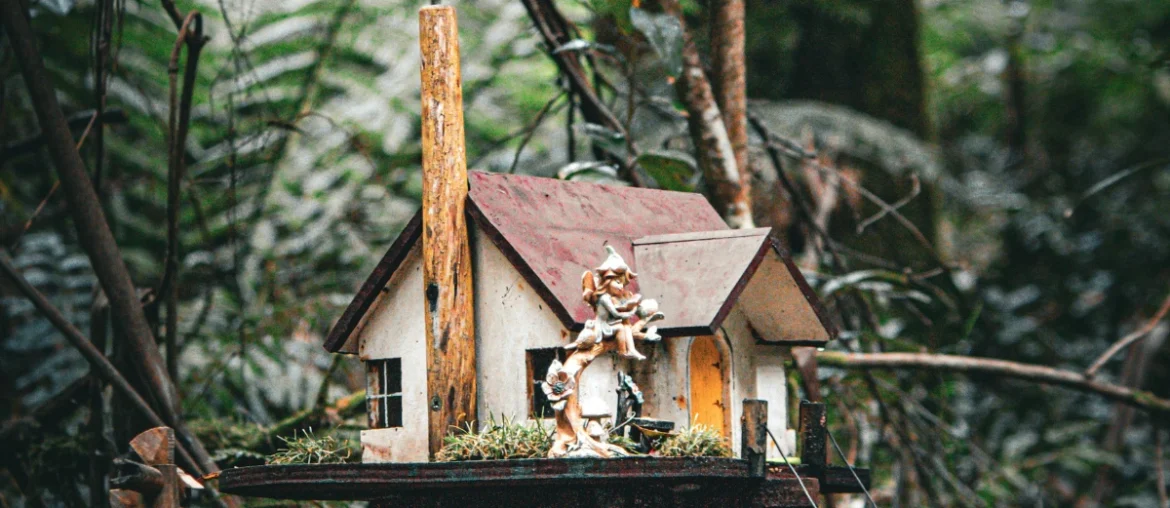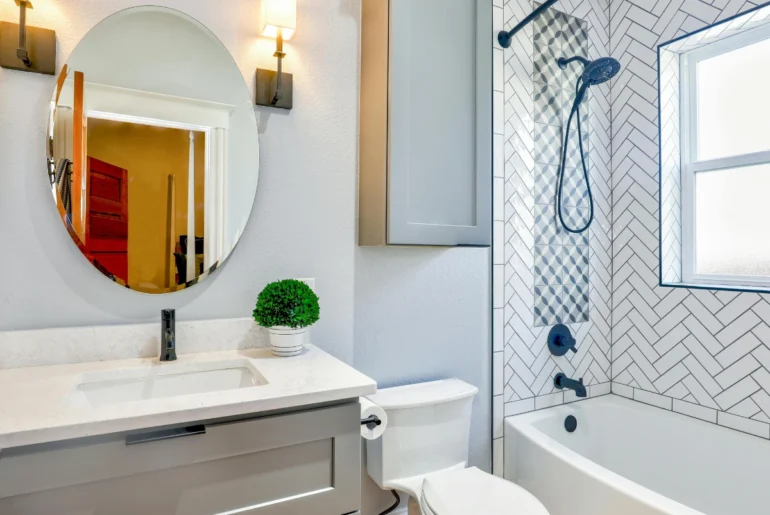About 500 sq ft. of tiny house around, with a bright, stylish, and sustainable life, many Americans consider this sort of minimalist way of living – a cozy loft, compact bedroom, and functional bathroom without space-cramping features. These home types balance affords and comforts that prove in small living means style and comfort are not missed. Let us look further at how these homes are interesting and practical.
For further reading on Home Decor, visit Forever Friendly.
7 Inspiring Ideas for Designing Your Perfect 500 Sq Ft Tiny House
The Perks of Compact Living
Affordable Living
Tiny homes are intrinsically more affordable than houses. They use less utility because of their smaller footprint, meaning less maintenance, and heating and cooling a smaller space requires less energy, resulting in huge savings over time. These savings extend to repairs and upkeep, making your wallet easier.
Embracing Minimalism
Living in a 500 sq ft tiny house encourages a minimalist mindset. With limited space, every item must serve a purpose. This reduces clutter, simplifies organization, and promotes a peaceful environment. It also means spending less on unnecessary purchases.
Customizable Spaces
One of the most significant benefits of a smaller home is how easy it is to customize. Renovations and upgrades are more feasible and budget-friendly. Little tweaks can make a substantial difference in these compact spaces, whether updating a kitchen backsplash or installing new light fixtures.
Key Design Elements of Tiny Homes
Multi-Purpose Furniture
In a tiny house, maximizing your space is fundamental. Multi-function furniture, which may include foldable beds used as desks and stairs that hold storage, makes you change your room use. That way, you can organize the area by using it one way or the other.
Light and Airy Interiors
Even though the size is small, there are often surprises in tiny homes: they can feel spacious. High ceilings, large windows, and open floor plans create an airy atmosphere. Small rooms seem much larger with a flood of natural light.
Sustainable, Off-Grid Features
Many tiny homes are built with environmental sensitivity in mind. Some use solar panels and composting toilets to collect rainwater. Some of these designs will considerably reduce your use of utilities, if not altogether.
Innovative Layouts for Small Spaces
Open-Concept Designs
A small home would be best arranged in an open floor plan. Having all this in one room would create an open feeling. This design also allows for better light distribution and makes the home feel more prominent and brighter.
Lofted Sleeping Areas
Lofted bedrooms are a clever way to save space. By elevating the sleeping area above the living or kitchen space, you free up valuable floor space for other uses. This setup adds a unique charm and separates the private and the shared regions without building extra walls.
Built-In Storage Solutions
Storage can be a problem in tiny homes. Under-stair drawers and built-in shelves are standard, so keeping all belongings organized can be done through hidden compartments. This innovative storage idea ensures that every inch of space is efficiently used.
Building a Tiny Home: Materials and Methods
Eco-Friendly Building Materials
Sustainable tiny houses use reclaimed wood, bamboo, and recycled metal. It is durable, lightweight, and eco-friendly. It minimizes the impact of humans on the earth while making the house distinctively unique with such an outlook.
Mobile Foundations
Many tiny homes are built on trailers, making them mobile and flexible. They can be easily moved to another location, closer to nature or elsewhere. This also avoids some of the conventional regulations for housing, making it more liberating.
Quick Construction Timeline
Building a tiny house is faster than constructing a standard home. Some homes can be completed within a few months with fewer materials and simpler designs. This quick turnaround appeals to those eager to embrace the tiny house lifestyle without a long wait.
Essential Room Features
Cozy and Versatile Living Rooms
Living areas in tiny homes need to be both comfortable and multifunctional. Convertible sofas that double as guest beds are popular choices. This flexibility allows the living room to adapt for hosting guests or relaxing.
Space-Saving Kitchens
Tiny house kitchens are models of efficiency. Compact appliances, fold-down tables, and clever storage solutions ensure the space is functional without feeling cramped. Every element is designed for maximum utility.
Efficient Wet Bathrooms
Wet bathrooms in tiny homes combine the shower and toilet in a single room, saving space and making cleaning easy. Water-resistant materials and clever storage can make these practical and stylish spaces.
Understanding the Costs
Building Expenses
Constructing a 500 sq ft tiny house can cost between $30,000 and $60,000. The total cost depends on materials, custom features, and labor. DIY builders can save significantly by taking on construction themselves and choosing budget-friendly materials.
Hidden Costs
Land, permits, and utility hookups are other costs added to the building costs. Site preparation, landscaping, and driveway installation should also be in the budget for a smooth building process.
Buying Options for Tiny Homes
Pre-Built Homes
Purchasing a pre-built tiny home is a convenient option. These homes come entirely constructed and ready to move into. While they offer less customization, they save time and effort.
Custom-Built Designs
Custom designs cater to those who require a unique home because they can entirely personalize it. The homeowner decides on the desired layout, material, and other features. This is undoubtedly pricey, but the result is a one-off home.
DIY Kits
Tiny house kits are an economical, hands-on approach. Kits include all materials and step-by-step instructions. The DIY kits will give personal satisfaction but consume time and require some construction skills.
Conclusion
Living in a 500 sq ft tiny house is not only housing but a life. Small homes are so aesthetically delightful that they offer affluence, sustainability, and freedom. Beginning from minimalism to the excitement of one’s lifestyle, staying on wheels can lead to marvelous adventures. One seeking to simplify living and embrace cozier manners of living needs a 500 sq ft tiny home like this.
FAQs
1. How much does building a 500 sq ft tiny house cost?
Building a tiny house measuring about 500 square feet would cost about $30,000 to about $60,000. Various factors, including materials types, the detail of the design of the tiny house, and whether building it on your own or employing some professional builder or contractor, would set the budget difference. More about sustainable materials and personalized features are extra costs.
2. Can a 500 sq ft tiny house accommodate a family?
Yes! Using lofted bedrooms, multi-functional furniture, built-in storage, and innovative design solutions, it can comfortably accommodate small families in a 500 sq ft tiny house. Open floor plans and high ceilings help make a place feel more significant.
3. Is it legal to live in a tiny house full-time?
Tiny house living is legal in several places, but each location has different zoning laws and building codes. In some locations, tiny homes are legal as an accessory dwelling unit. In other areas, there might be size or land use restrictions. Local regulations should be checked before building or buying a tiny house.





